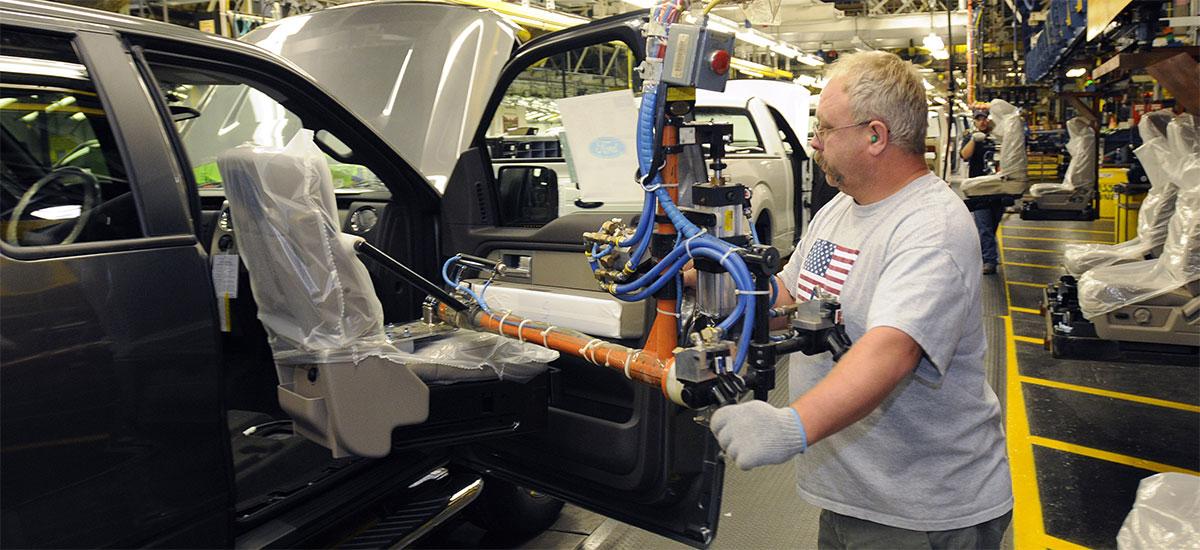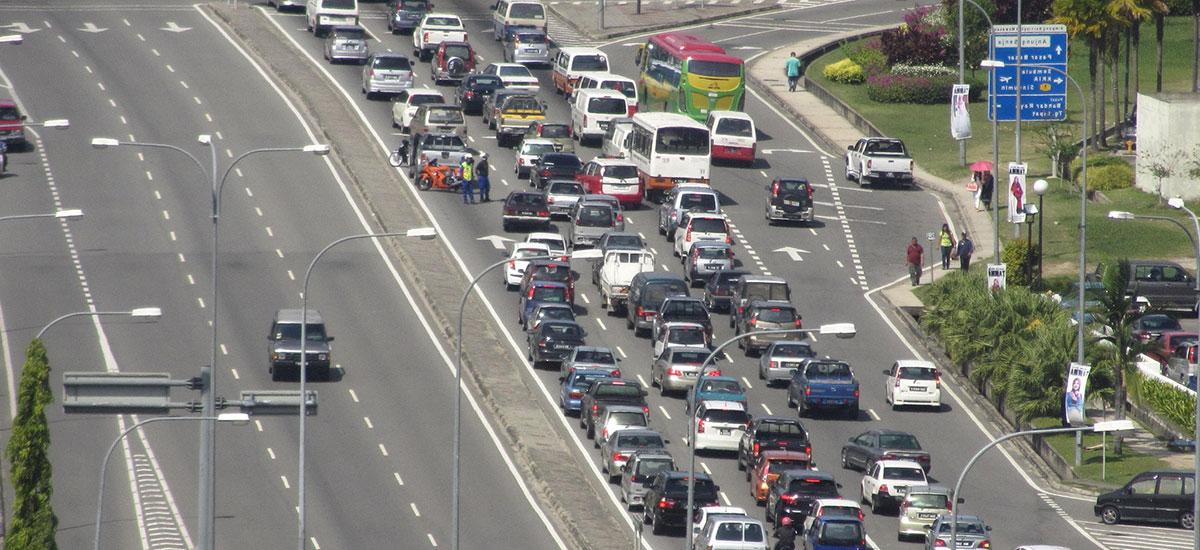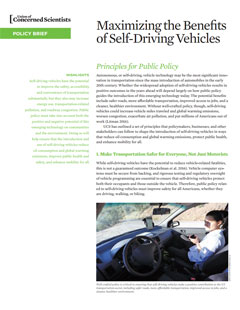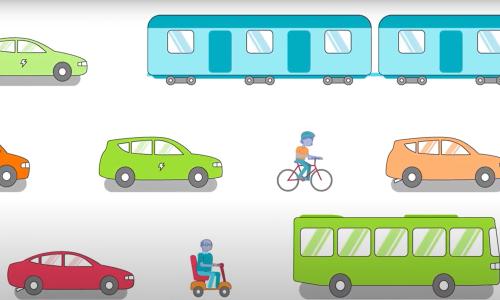Self-driving vehicles may be the most significant innovation in transportation since automobiles were first invented. Though still in their infancy, autonomous cars and trucks could radically transform how people and goods move around—with profound implications, good or bad, for safety, equity, and the environment.
Self-driving cars explained
Autonomous cars offer some capacity to drive themselves. Technologies vary from cars with limited braking and lane assistance, to prototypes that require no human intervention.
See how how self-driving cars work >
The Union of Concerned Scientists has developed a set of seven principles to help guide how policymakers, companies, and other stakeholders approach this transformative technology. The principles are intended to help maximize the benefits of self-driving cars—and minimize the risks.
Principle #1: Safer transportation

Self-driving cars could reduce vehicle-related fatalities—machines may make fewer errors than humans—but it’s not a guaranteed outcome. Policy must improve the safety of all road users, whether they are driving, walking, or biking.
Principle #2: Cleaner vehicles

By making transportation more convenient, self-driving vehicles could increase the number of miles that people travel, creating more vehicle pollution. To avoid this outcome, policy must ensure that self-driving technology is paired with clean, low-carbon vehicles, such as plug-in electrics and fuel efficient gasoline-hybrids. Policy must also incentivize ride hailing services like Uber or Lyft to maximize the number of passengers for each trip and minimize trips with no passengers.
Principle #3: Integrated transit

Self-driving vehicles will likely make driving easier for many—but they shouldn’t replace mass transit options like buses or subways. Instead, self-driving cars should connect transit hubs, provide public transit services to communities not currently served, and generally be used to improve public transportation.
Principle #4: Improved access

In its current form, the US transportation system fails to serve all communities equally, with disadvantages arising based on income, age, race, disability, and geography. Policy should ensure that the widespread adoption of self-driving cars doesn’t perpetuate or worsen existing inequalities but instead gives all people access to clean, affordable transportation options.
Principle #5: Just transition

Self-driving technology will create jobs for some and reduce employment opportunities for others, especially in the trucking and taxi industries. Policy should support career pathways and transitions for affected individuals, and ensure that new jobs are made available to underrepresented populations.
Principle #6: Secure sharing

Whether self-driving vehicles improve public health, decrease traffic congestion, and reduce climate change will depend on informed, science-based policy. This will require a robust research agenda and accessible data on the performance and operation of self-driving vehicles. Policy must facilitate open data-sharing, while ensuring that appropriate privacy and cybersecurity protections are in place.
Principle #7: Livable cities

Autonomous vehicles could exacerbate sprawl, congestion, and pollution— or they could lead to more shared rides and fewer cars, freeing up public space. Policy should prioritize the needs of the whole community, not just individual vehicles.
Read more about our principles by downloading the policy brief >
The Union of Concerned Scientists has worked on transportation-related policy issues for decades, and advocates for equitable, low-pollution vehicles, fuels, and infrastructure. Learn more about our work here.




